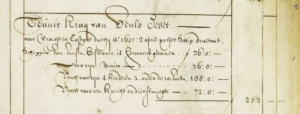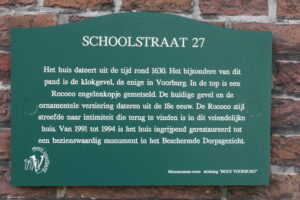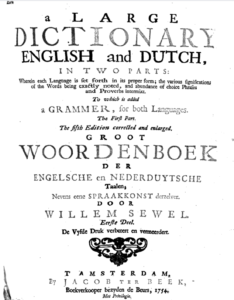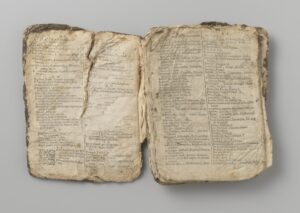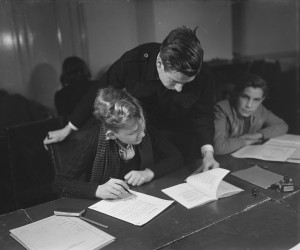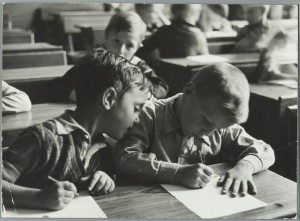If you are lucky, an English translation exists for Dutch records. For example, many New Netherland records have been translated. In some cases though, what is presented as translations are actually abstracts. The original may have more information. Another aspect to consider is that translations are interpretations, and may have mistakes. For example, an account book of the West India Company 1650-1664 that includes money paid for passage to New Netherland is often presented in … [Read more...]
Quick Tip – Use Google Translate App to Translate Publications
Did you know you can use the Google Translate app on your phone to translate publications? Just click the camera icon in the app and point it at a printed text. Google Translate will show the translation in place. I first saw this when one of my clients used it to translate a Dutch plaque next to a monument and a Dutch menu. You can also use it to translate Dutch books, newspapers, or magazines. As long as the text is printed, Google Translate should be able to handle it. … [Read more...]
Quick tip – Use an old Dutch-English dictionary
Older Dutch records often use words that no longer exist in modern Dutch, or that have changed meaning. Modern dictionaries or automatic translators will often get it wrong. Using an older Dutch-English dictionary may help you understand the meaning. One such dictionary is A Large Dictionary English and Dutch, where the second half is Dutch-English. The dictionary is from 1754. … [Read more...]
Quick tip – Don’t rely on automatic translators
Automatic translators like Google Translate can be a big help if you don't speak Dutch. However, many older records use terms that no longer exist in modern Dutch, or that have shifted meaning. Automatic translators are also notoriously bad at translating words that may have multiple meanings. An example is the sentence: "Zijn neef was zijn getuige" which Google translates as "His cousin was his witness." However, the Dutch word "neef" can mean both cousin and nephew, which can make a big … [Read more...]
Quick tip – Are your translations accurate?
A client sent me a translated marriage record, identifying a nephew as a witness. She had searched for the nephew but could not find any siblings of the person of interest. When I looked at the original marriage record, the witness was called a neef, a term that is used for both nephew and cousin. As it turned out, the witness was a first cousin rather than a nephew. Are you sure your translations are accurate? When you have a brick wall, always go back to the original records to make sure … [Read more...]
Quick tip: Beware that you don’t translate names
Many genealogists who don't speak Dutch use Google Translate or Chrome to translate Dutch websites into English. But sometimes, these programs translate more than you want. A person named Van der Molen might become From the Mill or a Dhr. Timmerman becomes Mr. Carpenter. The same could happen with geographical names: a village called De Rijp might become The Ripe and a street address Haven 5 might become Harbor 5. Next time you see an English name in a translated text, check the original … [Read more...]
